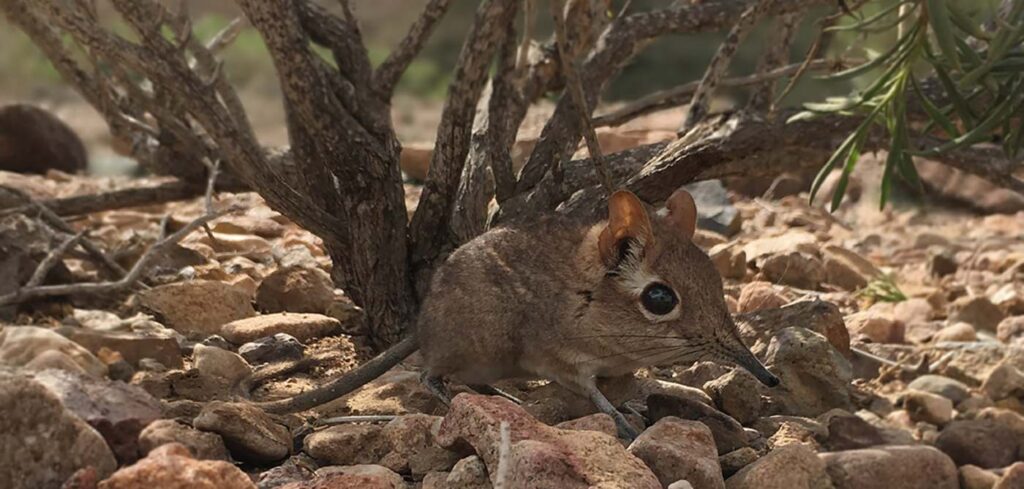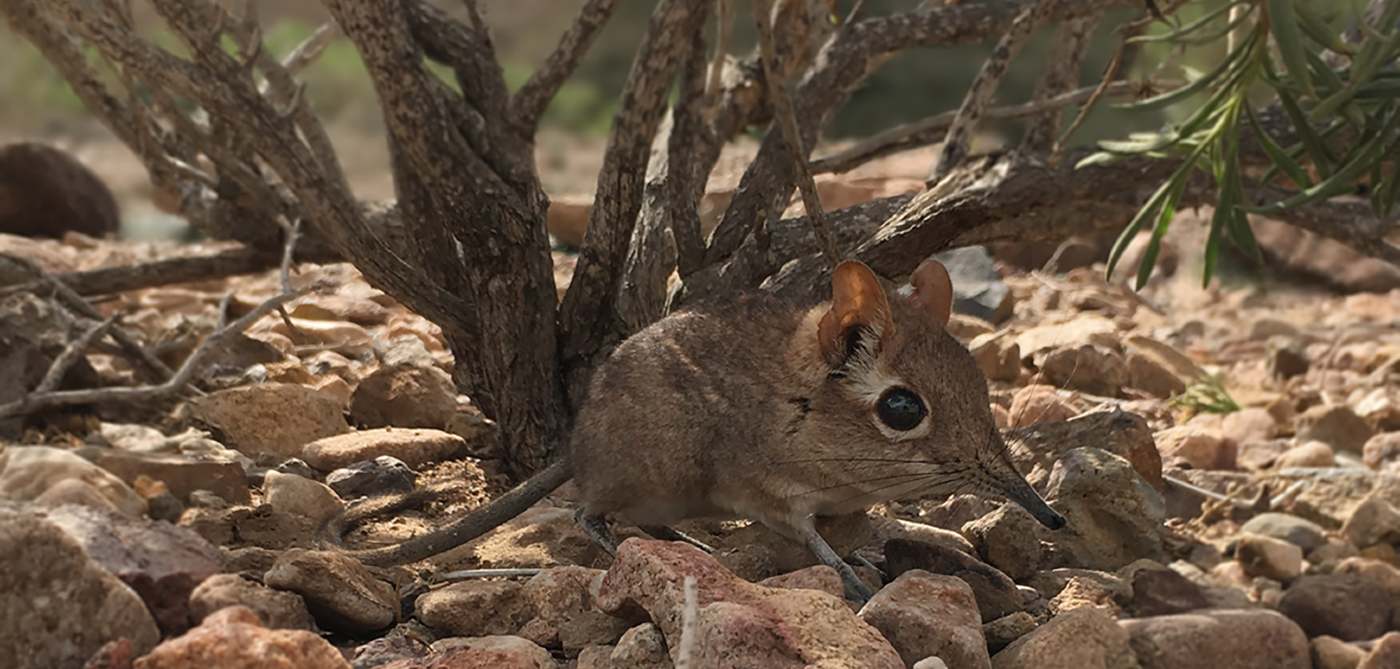Joining a number of high-profile species rediscoveries in the last two years, a tiny elephant shrew—also known as the Somali sengi—has been found to still be with us, and in quite healthy numbers too.

Despite not being documented by researchers since 1968, the sengi, a tiny big-eyed mouse with a long tail and a trunk-like nose that’s native to Somalia, was rediscovered living in well-preserved habitat in neighboring Djibouti, and in relatively-stable populations.
An expedition beginning in 2019 looked to utilize local knowledge about the sengi from the people of Djibouti who said it was still there. Sure enough, it took only one trap filled with coconut, peanut butter and yeast to find the little guy.
“It was amazing,” Steven Heritage, a research scientist at Duke University in the US, told the Guardian. “When we opened the first trap and saw the little tuft of hair on the tip of its tail, we just looked at one another and couldn’t believe it. A number of small mammal surveys since the 1970s did not find the Somali sengi in Djibouti—it was serendipitous that it happened so quickly for us.”
RELATED: Large Blue Butterflies Were Extinct in England, But Now Those Beauties Are Back After 50 Years
A distant relative of goliaths like the manatee and elephant, this tiny incarnation of trunked-mammals races around, vacuuming up ants with its nose in much the same way as the aardvark.
Correcting The Record
One of the least understood members of the 20 species-strong elephant shrew genus, the sengi lives in habitat that is unsuitable to most human activities, allowing it to remain relatively undisturbed and secure.
“Usually when we rediscover lost species, we find just one or two individuals and have to act quickly to try to prevent their imminent extinction,” said Robin Moore, of the Global Wildlife Conservation (GWC) group, who had placed the Somali sengi on their 25-Most Wanted List of missing species.
According to the Guardian, the team set out 1,000 traps and caught 12 of the little shrews while obtaining the first video and photographic documentation of the animal for science.
Along with rediscovering the species, the team gathered DNA samples which later revealed the Somali sengi to be more closely related to sengis in other corners of the continent like Morocco and South Africa.
This finding has suggested that the Somali sengi needs to be placed in a new genus—moving from Elephantulus to Galegeeska.
MORE DISCOVERIES: World’s Rarest Wading Bird is Making a Comeback as Its Population Rises By 30%
Like all great discoveries in science, the questions answered are only equal to the new mysteries presented, but the researchers’ work has highlighted Djibouti as a biodiverse nation worthy of scientific study. With any luck, perhaps more discoveries are waiting to be made among its desert and salt lakes.
SHARE The Good News From Africa With Your Friends On Social Media…




















